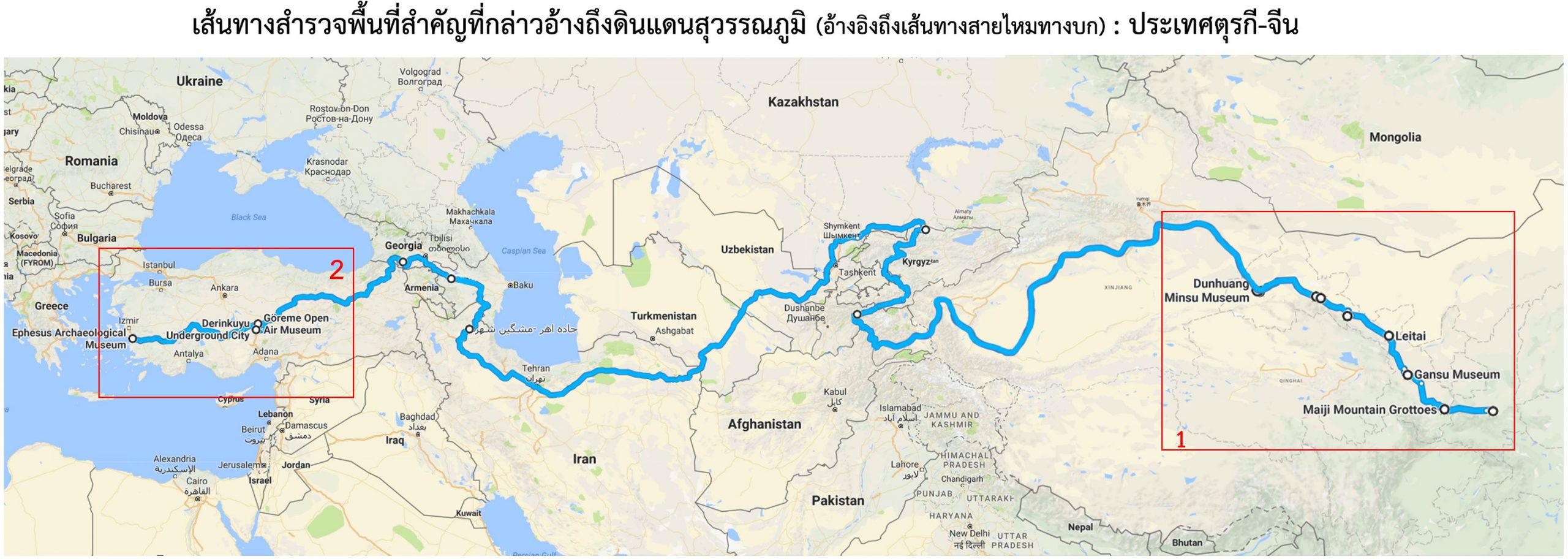Importance of Silk Road

Importance of Silk Road
“Silk Road” was developed during West Han Dynasty, King Wudi, or 202 Before Christ or 8 B.C., when King Wudi planned to promote cultural exchange between China and Western world. He assigned ambassadors to Western countries, the vast area in western Gansu County, for 2 times. Led by Zhang Xian, Chinese ambassadors travelled from Chang’an or currently Xi’an to Gansu County, Xinjiang area of China, to Middle Asia, West Asia, and countries along Mediterranean coastline. Ambassadors have offered silk, paper production skill, and arts of China, and obtain some products in return, including grape, walnut, carrot, incense, craftsmanship of many countries such as Persian, Indian, and Roman. This route has later been “Silk Road (One Belt)” that promotes cultural exchange and Buddhism dissemination in China.
During Sung Dynasty of China (960-1279 B.C.), political and economic climate of Asia and Europe have changed and technology in marine transportation has been significantly developed. Route started from coastline from south eastern coastline of China, to Indo-China Peninsula, South China Sea, Indian Ocean, and Red Sea, which is the traditional marine commercial route that China trades and exchanges cultures with various countries in South East Asia, South Asia, Europe, and East Africa. Such route has become more renowned as “Marine Silk Road (One Road)” and Silk Road (One Belt)’s importance is declining.
During some periods, Silk Road has not been playing vital role because of battles among tribes and countries in Middle Asia. The key trigger that caused stagnant trading between Western and Eastern continents is Crusade War or religious war between Christians and Muslims in 1095 B.C.
During Yuan Dynasty of China (1279-1368 B.C.) was after era of Emperor Genghis Khan who moved the troop and extended his kingdom to Eastern Europe. Silk Road has then been resumed commercial route to the reign of Kublai Khan, the first Mongolian emperor who ruled China.
To study connection between ancient Silk Road and Suvarnabhumi requires knowledge about cultural exchanges on Silk Road, leading to engagement of economy, religion, and culture that brings past value to create future benefits for Thailand. Therefore, researchers plan to survey and gather relevant information to utilize findings effectively. Researchers plan field survey in 2 countries which are significant to ancient silk road; China, the origin of Silk Road, and Turkey, land that connects China and Europe.
